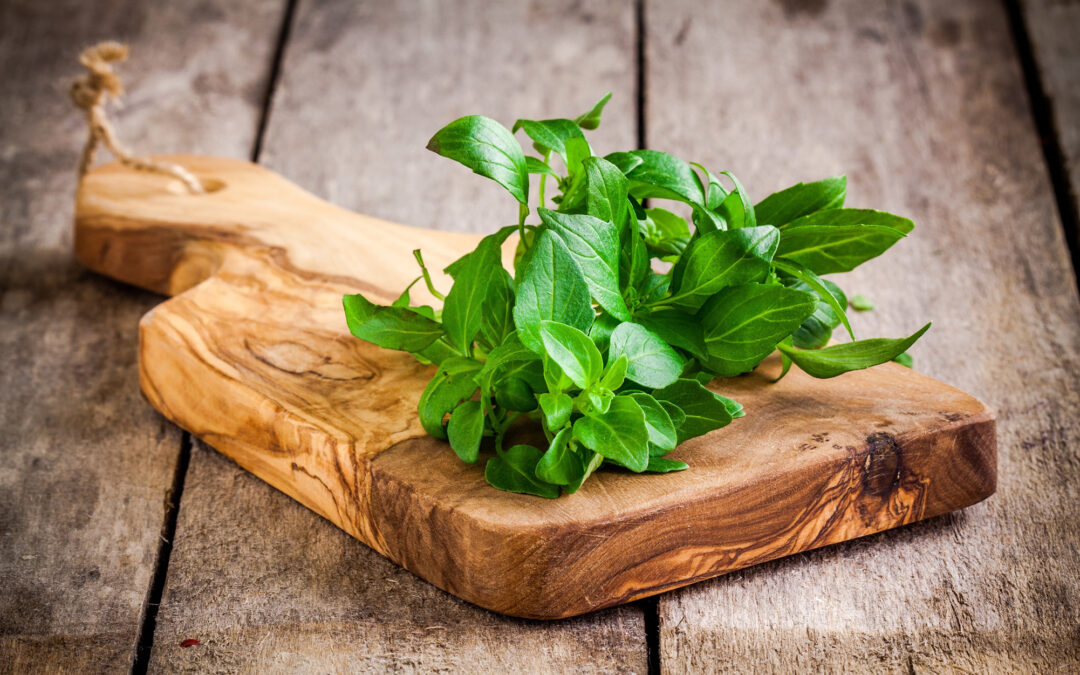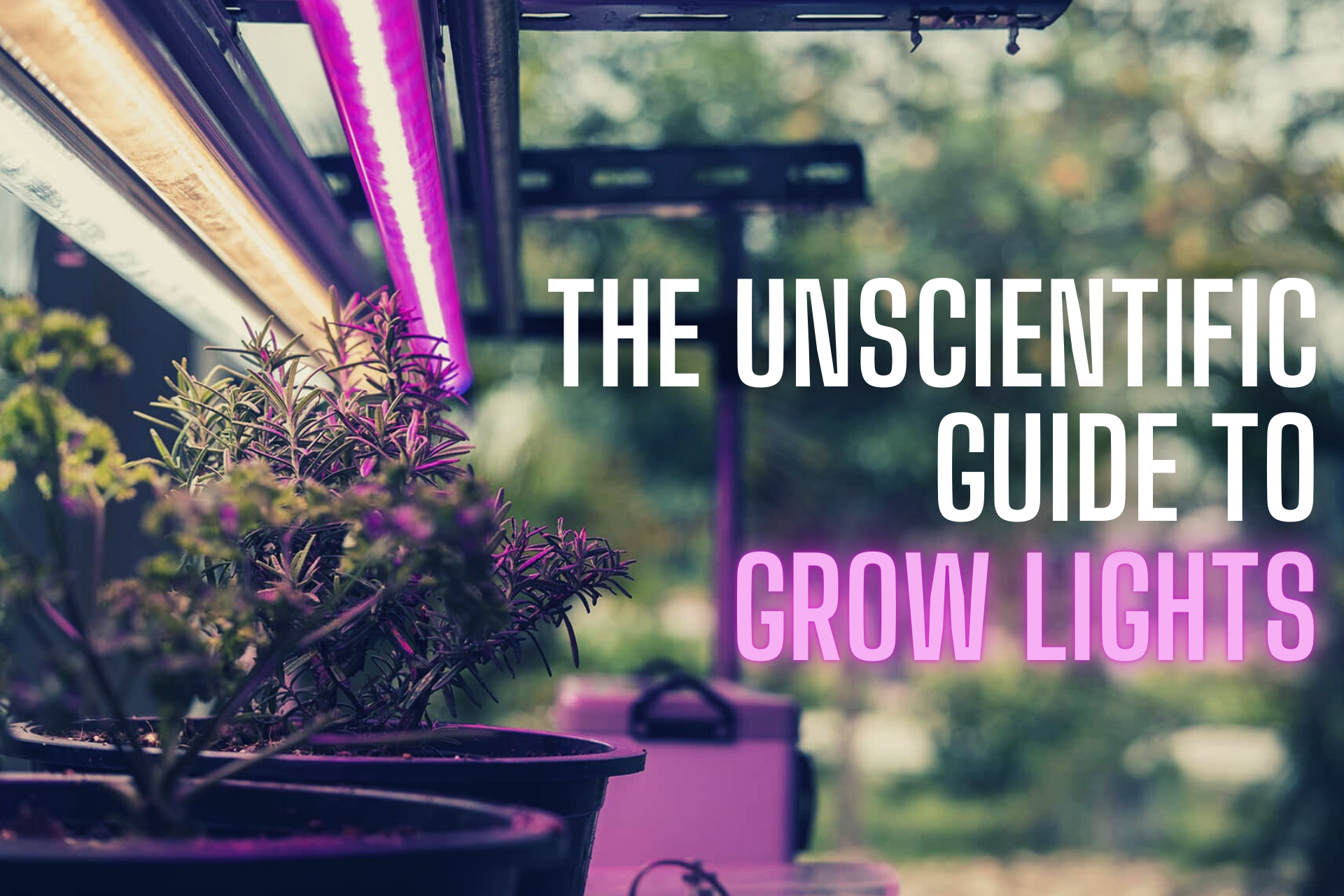
Does Companion Planting Really Work?
“You’ve got a friend in me. You got troubles; I’ve got ’em too. There isn’t anything I wouldn’t do for you. We stick together and see it through, ‘Cause you’ve got a friend in me. You’ve got a friend in me.”
Do those words sound familiar? You got it. Randy Newman’s tune “You Got a Friend in Me” describes one of TV’s most infamous pals: Woody and Buzz! Many claim that mutually beneficial ‘friendships’ can also be forged in the garden by Companion Planting. In a sense, two or more plants can help each other through their “troubles.” But how much of this claim is fiction? How much is a fact? And what works?
A Brief History of Companion Planting
This topic is surrounded by folklore and some mysticism. One of its generally accepted origins is from the Native American culture. “The Three Sisters Planting” consists of corn, pole beans, and winter squash located close to each other. Due to their growth patterns, these plants can coexist and be mutually beneficial. (Although, some “friendly” nutrient competition is always inevitable.) For example, the pole beans will naturally climb the corn, and the large-leafed squash will preserve the ground’s moisture by providing low-bearing shade.
The Controversy
Researching Companion Planting can be frustrating because there is not much concrete scientific evidence to back up the information you find. Why? This practice is mostly anecdotal (based on the gardener’s hearsay about what is successful and what isn’t). Realistically speaking, challenges do come with this type of information. For instance, what works in one area may not be successful in another. Similarly, soil types differ (as does its quality), environment, and a whole slew of other factors.
Due to much of the information not being concrete, many discredit this form of gardening. Some brave souls have tried to make Companion Planting more accredited by using Crystal Chromatography. However, this too was met with criticism by many in the scientifically-minded garden community.
The Facts Behind Companion Planting Basics
Companion Planting is very simple at its core: in comparison to being alone, some plants benefit by being nearby carefully-selected companions. Why is this the case? And how can plants be mutually beneficial to each other?
In its pristine state, what does nature look like? Everything is intermingled: There’s a mix of colors, smells, plant heights, and varieties. What’s the advantage to that? Beneficial critters, such as pollinators, are invited to the mix. Other pest-eating, predator bugs are given ample room to live and reproduce. The home-gardener can mimic nature by creating “refugia,” which is essentially a biodiverse bug hotel in their backyard!
There are dangers when you locate several individuals from the same species near each other. Due to their similar color and smell, these become an identifiable (bullseye) buffet for pests. Additionally, these plants are susceptible to the same types of disease. Between insects and sickness, your garden could be severely affected. What’s a possible solution?
A few studies have shown the benefits of “Perimeter Trap Cropping,” a form of Companion Planting. This study showed that encircling Summer Squash and Cucumbers with Blue Hubbard Squash minimized the need for pesticides by 93% and upped the harvest for six commercial Connecticut farmers. But it doesn’t stop there: this study demonstrated how Dill, Buckwheat, and Coriander protected a crop of Peppers from corn-borers.
Four Ways Companion Planting Can Help Your Garden
According to the UMass Center for Agriculture, Companion Planting can help your garden in these four ways:
Nutrient Boost
“Symbiotic Nitrogen Fixation” is when a gardener purposely plants nitrogen-producing plants nearby nitrogen-hungry species. Legumes (such as beans and peas) are generally regarded for the nitrogen-making abilities and could be beneficial to a tomato plant, which is nitrogen-hungry.
This line of reasoning could also be used when deciding what plants should not be placed near each other. For example, Arugula and Cilantro are both nitrogen-hungry. It probably makes sense to separate the two.
However, many argue that the amount of nitrogen within the soil is only significantly impacted after the growing season. And only after the exhausted plants are worked into the ground. Whatever may be most scientifically accurate, tomato-bean pairings (and others like them) don’t cause harm and are potentially beneficial now and later!
Pest Management
As noted above, Companion Planting (aka Intercropping) can confuse bugs and prevent pest infestations. Low-growers, like Brahmi, can be a ‘positive host,’ giving beneficial predator bugs a place to stay. Meaning, fewer pesky bugs will find your plants, and the ones that do will hopefully be promptly eaten before they cause too much damage.
Increasing Pollinators
Plants that produce brightly colored flowers, such as the Butterfly Flowers and Borage, are highly attractive to pollinators and confuse pests. Vegetable crops often do not have the showiest of blooms, so luring in pollinators leads to a larger harvestable crop.
In the herb world, this means you may have to make some sacrifices. For instance, when it flowers, Basil is a very effective pollinator. However, the taste of the leaves diminishes, and leaf production ceases once it starts to bloom. Is it worth sacrificing an abundance of Basil to “save” your pole beans? That decision is up to you!
Higher Yields
It just makes sense. If your plant selections succeed, you will have minimized pests and boosted pollination, increasing your vegetable yield. Companion Planting methods aren’t only limited to veggies, however. These same methods can be utilized by the backyard herb grower too.
A Few Basic “Rules”
When you start Companion Planting, it’s like you’re Match.com for plants. You have to choose them carefully. To begin with, select plants that have similar soil and moisture needs. It would be counterproductive to put drought-tolerant, sandy-soil-loving Rosemary next to Cilantro, which requires cool temperatures and moist soil.
Secondly, consider the lighting requirements of each plant. And then, get creative!. As an example: Rosemary does perfectly well in the blazing sun. Parsley enjoys the partial shade. Both have similar soil and moisture needs. So, why use your Rosemary as a protective shield for your parsley from the afternoon sun?
The origins of plants can also serve as an easy guide for what may pair well together. In the above example, Rosemary and Parsley are both from the Mediterranean.
Keep a Journal
As noted, Companion Planting is based mostly on what has proven success. It may not always be scientific, but someone proved it some time, somewhere. Does this mean that every Companion Planting suggestion you find online will bring you total success? No. Your garden is unique! Do your own experiments, and keep a log of what works and what doesn’t. This small activity can turn into fun for the entire family. And, your garden will thank you!








